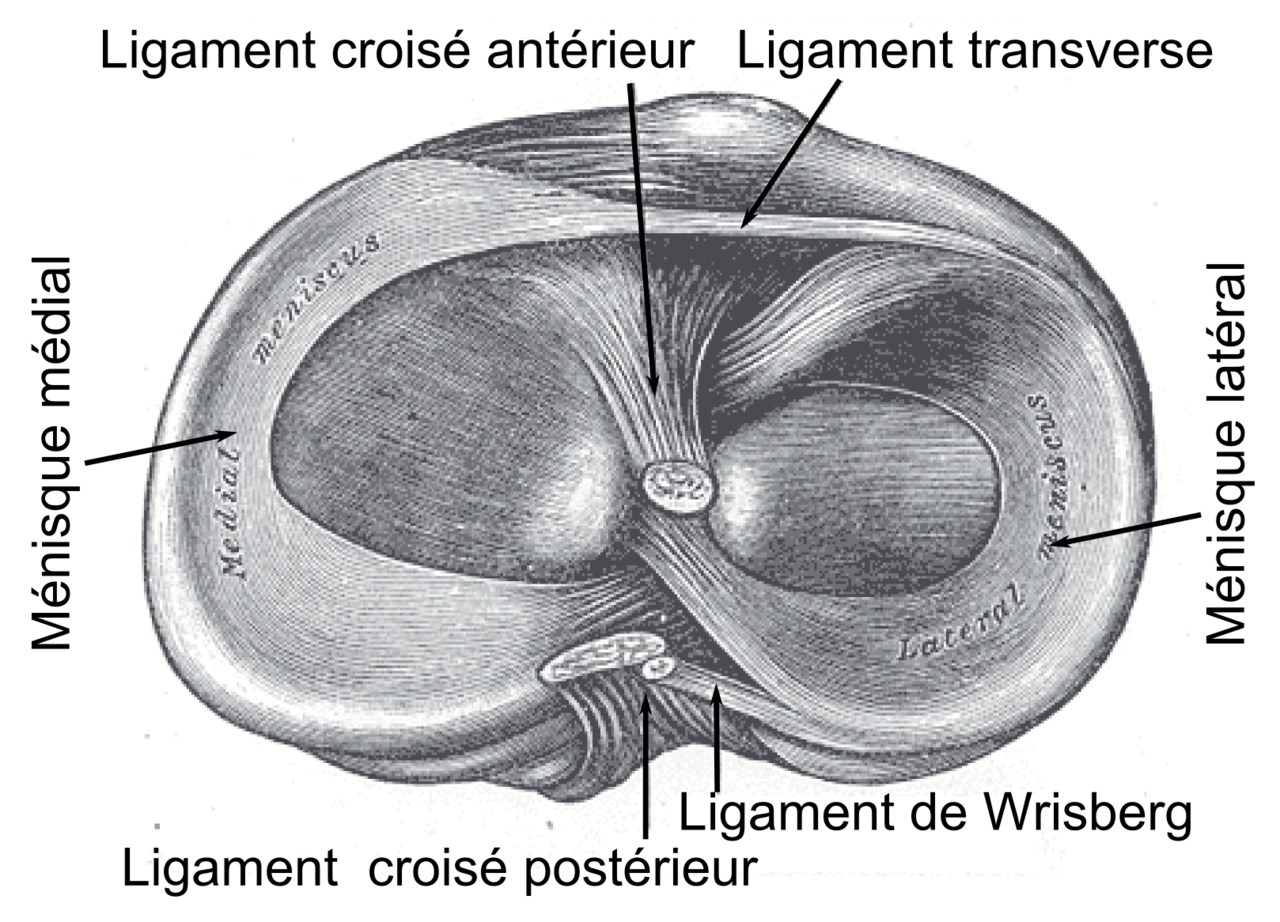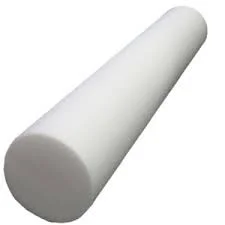Research on “sham” surgery shows that the effects of certain orthopedic procedures may be more psychological than physical.
Read MorePain and movement are pretty complicated right? In a sense yes. But in another sense no. Pain and movement are not complicated, they are complex, which is a different animal.
Imagine you are Elon Musk trying to send a rocket ship to the moon. What sort of thinking process, analysis, modeling, research, predictions, and methods of control would help solve this problem? How would that process be different from solving the problem of say, raising a child?
Read MoreWhy exactly does someone feel better after massage? Or acupuncture? Or foam rolling? Or a chiropractic adjustment, or wearing K-tape, or doing mobility drills, or a hamstring stretch? There are some good answers to these questions, and the interesting thing I’d like to point out in this post is that quite often, the therapist doesn’t know them. Or even care about them!
Read MoreWhy do muscles feel tight? Does that mean they are short? That they can't relax? And what can you do about it?
Here are some of my thoughts about why muscles feel tight and what to do about it.
Read MoreIn this post and a follow-up, I will review some basic concepts from DST, and how you can use them with clients. After reading this, you might conclude that DST helps explain some of the practices and intuitions of some great movement coaches.
Read MoreWhat does the word placebo mean? Does the placebo effect involve actual health benefits or just imagined benefits? Is placebo “mind over body” or “all in your head”? Is it unethical to provide a client with placebo treatments? And what about nocebos? In this article I’ll answer these questions and discuss some fascinating research by Fabrizio Benedetti and colleagues.
Read MoreWe can better understand the complexity of chronic pain, and its relationship to other multi-symptom disorders, by learning something about systems theory. The basic idea is that chronic pain is often driven by dysregulation of a “supersystem” that coordinates defensive responses to injury. The supersystem results from dynamic interaction between different subsystems, most notably the nervous system, immune system, and endocrine system.
Read MoreThe idea that posture causes pain has intuitive appeal, and is advocated by numerous experts. But is it supported by evidence? And should you spend time trying to analyze your own posture and correct deviations from what is considered optimal?
Read MoreGraded exposure is a key concept in understanding how to reduce pain caused by movement. It's a very common sense idea, and one that most people kind of know at some level, because there is profound truth to it. But it's also an idea that most people will probably fail to put into practice in a systematic way. Here’s a brief discussion of what it is, why it works and how to do it.
Read MoreI have seen a lot of interesting research and discussion lately on the issue of movement variability. The ability to make small adjustments to a basic repetitive pattern like heart rate, brain waves, energy use and movement seems to be a good indicator of health and function.
Read MoreI recently had the privilege of attending a continuing education class at Athletes Performance in Arizona, which is one of the top athletic training facilities in the country, run by Mark Verstegen. It's a beautiful facility, with a nice grass field, an amazing workout room, and lots of elite athletes walking around and training. It was a very fun atmosphere and I was all geeked out. There are many things that I would like to write about from this experience (including the excellent DNSclasses that I was attending while there), but for now I just wanted to make a few brief observations about the way the athletes spent their time.
Read MoreInfants develop movement by progressively learning a series of fundamental movement patterns, which form the building blocks for more complex movements. For example, while lying on the ground and sitting in various positions, an infant learns to stabilize her head so she can see the world. Her head stabilization skills are a building block for the postural control required in standing and walking. While reaching to grab interesting objects, she learns the arm/trunk coordination patterns that are also used to crawl and walk, and eventually throw and climb.
Read MoreIn recent years, pain science has become far more widely known, and that is leading to some interesting conversation and also confusion in the fitness, massage and manual therapy communities. Lorimer Moseley and David Butler have been charismatic and influential teachers on this issue. A good example of their work is found in the popular book Explain Pain, which uses neuromatrix theory as a theoretical background. Moseley provides a very accessible and entertaining talk about pain science in this recent DVD video.
Read MoreMoshe Feldenkrais said that to "correct is incorrect." He was referring to efforts to correct someone's movement patterns. Which is kind of a strange thing to say for a guy whose method was largely about making people's movement more efficient. What did he mean and what does this say about efforts to correct movement? I think his message is that it is preferable to show clients different options or choices for how to move, than to tell them their current movements are wrong and require correction.
Read MoreFoam rolling is very popular. Athletic trainers use it as a part of the warm-up. Physical therapists use it as part of their treatment strategy, often to improve extensibility of “short” tissues. There is very limited evidence about what benefit, if any, foam rolling confers. But there are a few studies showing it leads to short term increases in range of motion that are not accompanied by strength loss. (This is interesting because stretching interventions tend to show increased range of motion that are associated with a loss of strength and power.)
Read MoreMany of my clients will ask my opinion about whether a particular sport or activity promotes movement health. Yoga, running, swimming, weight training, ballet, soccer, gymnastics, crossfit. (People are especially interested in whether these activities will be healthy for their kids.) It’s an interesting question because almost any physical activity you can think of has costs as well as benefits.
Read More







